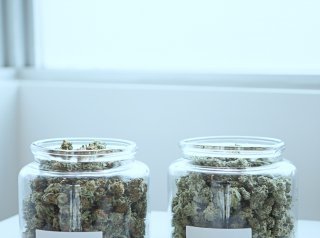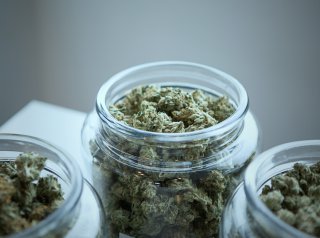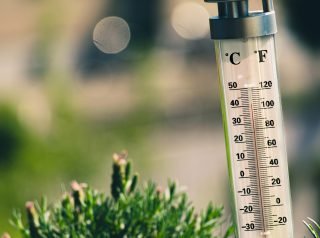Does it matter when to harvest cannabis? Yes, it does. If it is too early, then you are sacrificing potency and yield. And if it is too late, then you end up with buds that cause a heavy couch-lock. The key to attaining the best quality, therefore, lies in knowing the best time when the production of flowers and trichomes are at its peak.
Page Content
How To Identify The Right Time To Harvest
Cannabis plants communicate with you all the time through visual cues. Based on appearance, you can see if they are feeling unwell or feeling good. During the late flowering stage, they can even show you when to harvest for peak potency and optimal yield. All you need to do is to know what to look for and watch out for the signs.
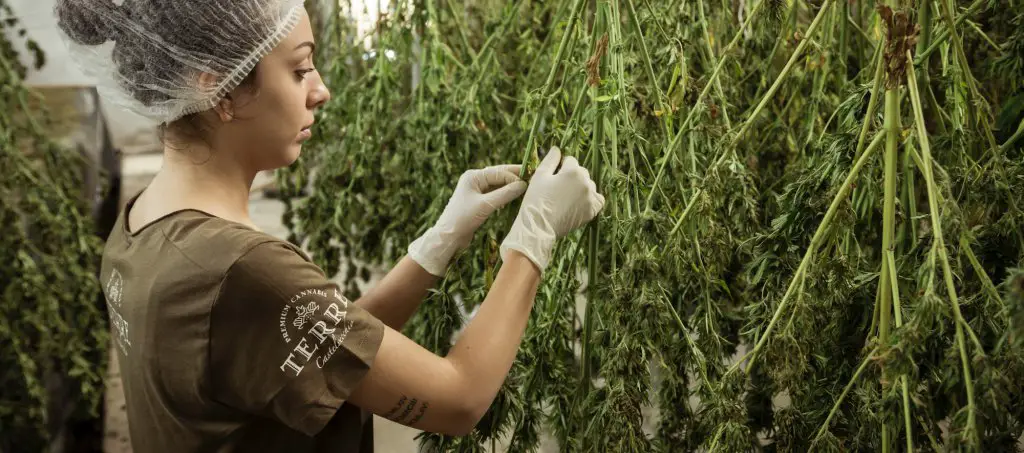
Flowering Time
Typically, Indica plants require around 8 weeks of flowering time. Sativa strains, on the other hand, take longer, usually 10 weeks. Autos are another class of plants that races from seeds to harvest cannabis in only 10 weeks. The growth cycle, though, is not set on stone. Some strains, such as the Neville’s Haze, could take up to 14 weeks. Through manipulations and cross-breedings, some hybrids may have a shorter flowering period.
The published flowering time of a strain is only a guideline. In fact, you will notice that seed banks and breeders often provide a two-week range, clearly suggesting that this is only an estimate. It is the least accurate method of identifying the right time to harvest.
Knowing the estimated flowering time, though, is not entirely useless. Once you are past the halfway mark, then you should start to be more vigilant in watching out for other visual cues – the more accurate ones.
Fan Leaves
During the vegetative period, fan leaves yellowing is a sign of nutrient deficiency. For sure, no one wants to see that. These large, broad leaves are supposed to act as solar panels, absorbing energy from the sun or grow lamp. Instead, the yellow color signifies the inability to maintain the optimal uptake of nutrients in the root system.
During the flowering stage, on the other hand, it is only natural for the leaves to turn yellowish as the plants focus most of their resources on developing the flowers. Rather than panicking, you should rejoice as it signifies that the end of the journey is near. By this time, too, those beautiful buds would be exuding its fragrance as the trichomes continue to form.
Pistils
Look closely, and you will see hair-like structures emerging from the calyx – the first part of the flower that is formed. They contain the reproductive organs of females. If pollinated, then it develops the seeds.
Early on, once the plants enter the flowering stage, pistils are white in color. As the plants near maturity, the pistils turn red, brown, and orange. Once you see the changes in coloration, then the best time to harvest is imminent.
At the very least, you should wait until half of the pistils have turned to a darker color. At 60-70%, the THC level is at its highest concentration. Harvesting at a time when most of the pistils are white is too early. In this case, not only are the buds less potent, but the flowers have not developed fully, resulting in lower yield.
If the harvest is delayed and 70-90% of the pistils changed colors, then there would already have been a significant concentration of THC that converted to CBD. You can expect the psychedelic experience to be more physical – sedating, numbing, and couch-locking.
Checking the colors of the pistils is only one of the two most accurate methods of knowing when it is time to harvest cannabis.
Trichomes
So much fuss over trichomes – and rightfully so. These mushroom-shaped resin glands are not only stunning to look at but also of importance to the plants and us – the growers. Mainly, they serve as defense mechanisms of the plants, warding off pests. Not only that, but they also help insulate the plants from frost as well as reduce evaporation of moisture. For us, these glands are where the highest concentration of cannabinoids, terpenes, and flavonoids are found.
You can easily spot the trichomes forming on the sugar leaves and flowers. A bunch of them appears like frosty white crystals. Assessing the readiness of the plants for harvesting, though, entails an up close and personal look at the individual glands.
The best tool for the job is a jeweller’s loupe. A digital microscope with 30x magnification is better, but it does cost more. One of its advantages is that you could take a video to show around or ask for an opinion if in case you are not sure about the color changes.
What you want to do is to look at the trichomes using a magnifying device. Using naked eyes will not work. If the glands appear to have an almost transparent color and are crystal-like, then it is not ready. Once most of the trichomes appear cloudy or milky white, it signifies that the THC level is already at peak level and that it is time to harvest cannabis.
If the trichomes turn amber, that should coincide with 70-90% of the pistils turning into dark colors. These buds are going to provide a more narcotic-like physical high.
Inspecting the trichomes is as accurate as watching for color changes in the pistils.
Other Factors
Once it is time to harvest, it is best to do it at dawn (outdoor) or at the end of the dark cycle (indoor). This is also when the terpene levels will be at its highest concentration. Once the sun is up, or during the light cycle, some of the terpenes would have dissipated.
Some circumstances beyond your control may necessitate harvest. For example, a looming extreme atmospheric event such as a hurricane or early onset of frost in the case of outdoor gardens.
Timeline Of The Harvest Window
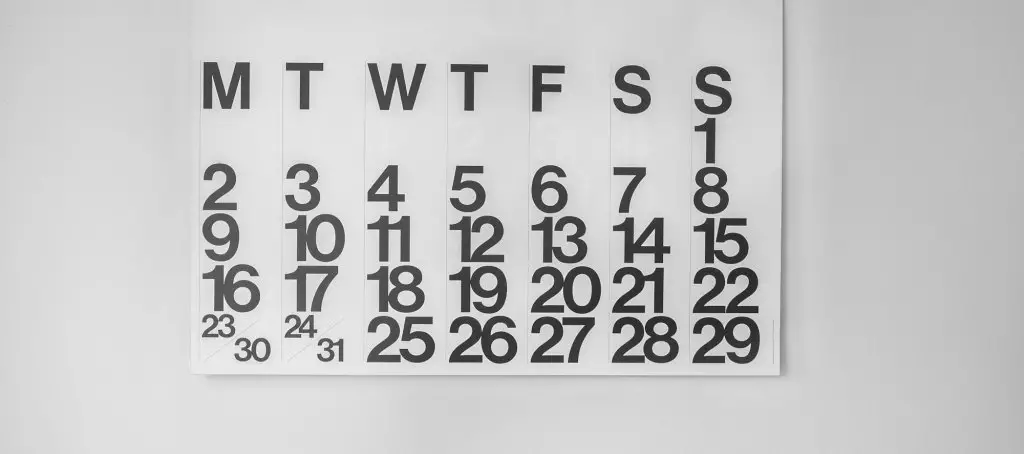
1. When the pistils are white, and the trichomes are clear in color, then it is too early to harvest.
2. If it appears that the plants have stopped growing pistils, and around 40% have turned darker and curled in, it signifies the start of the harvest window. At this point, it is still too early. You still have up to a week before reaching the sweet spot. If you do harvest at this point, the flowers will provide an energetic cerebral high.
3. Once 50-70% of the pistils have changed color, THC concentration is close to reaching peak level.
4. Upon reaching 70%, inspect the trichomes. If most of the glands have a cloudy, milky color and what appears to be like small balls on top, then it is time to harvest. At any point moving forward, any delay results in the degradation of THC. Note that some Sativa hybrids have resins that do not change color. You can wait a little bit more but not to the point of degrading the quality of the flowers.
5. When 80% of the pistils have changed color, the trichomes would be a mix of amber and milky white. At this point, the THC level has already declined as some are converted to CBN. These are the flowers that produce couch-locks. If the purpose of cannabis use is to relax, then this is the ideal point to harvest.
6. You are officially out of the harvest window once all the pistils have changed color, and the trichomes are greyish or withered. The harvested flowers, at this point, are low-grade.
The Best Time To Harvest Also Depends On The Type Of Strain
As you can see, identifying the window of harvest – when it starts and ends – is not that complicated. More importantly, by watching for signs using either a jeweler’s loupe or digital microscope, you can also determine when to harvest.

If you plant Sativa strains, then it is best to harvest cannabis when at least 40% of pistils have changed color, or up until 70% did with most trichomes turning milky white. And if you grew Indica plants, then perhaps it is better to harvest at a time when some of the THC is turning into CBN for the ultimate relaxing experience.

